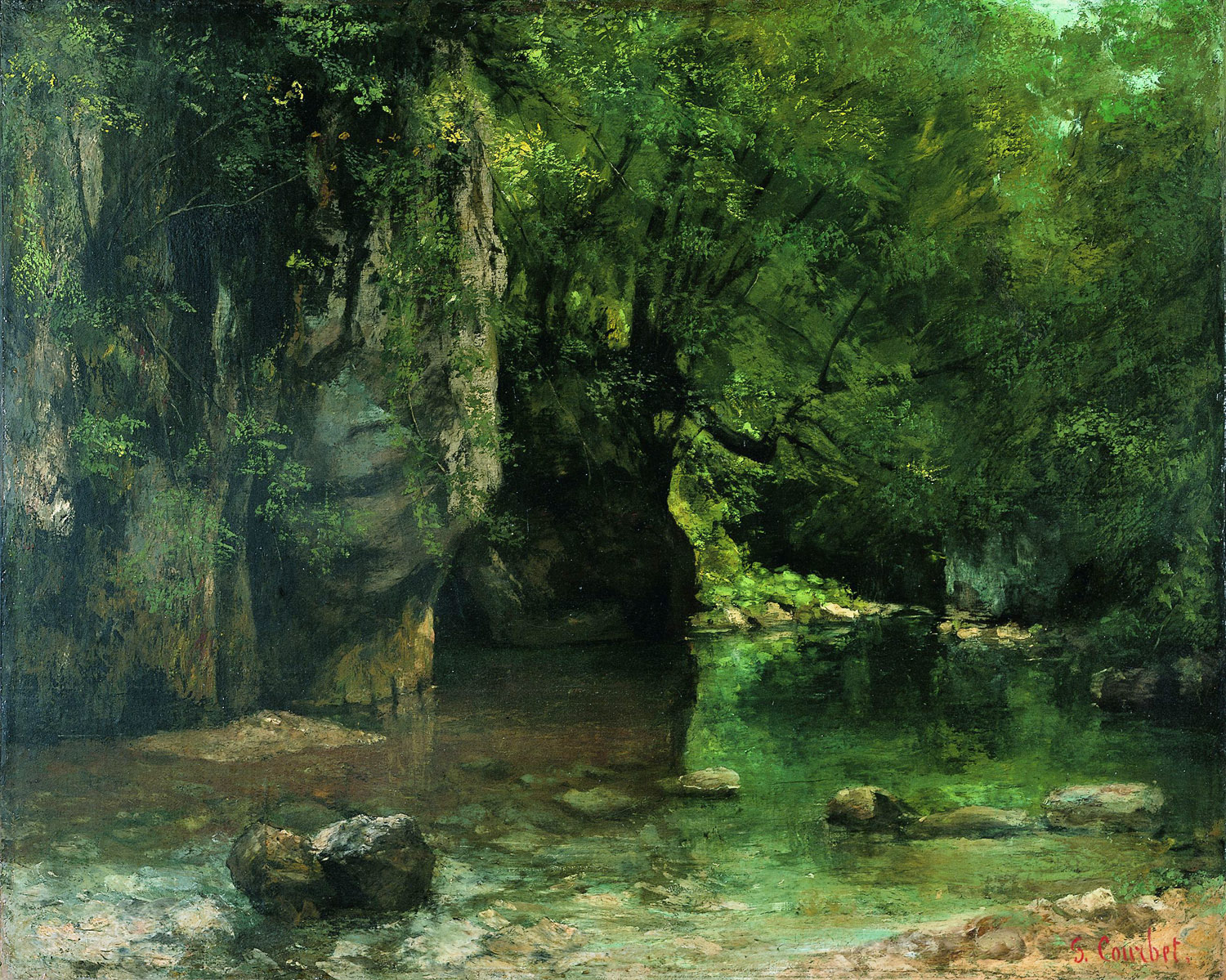If, then, the artist saw an image
and knew that it would soon pass, Manet would paint it somewhat incomplete on
his canvas, like his painting here, called The Railway.
It is an ordinary scene of a woman
looking up from reading a book, a poignant moment because she is looking us,
the viewer, right in the eye, but a moment nonetheless that is brief, as we
expect she will go back to reading the very next second. (Manet has contained the memory or the idea
of her frozen in that self-same pose on his canvas forever, but the actual
woman who was sitting at the railway that day is quite long gone). The woman is a stranger to us and performing
no memorable deed of public service or religious devotion. She is reading a book while awaiting the
train (something many of us still do today).
It's very commonplace, an almost indistinguishable part of the
cumulative busyness of Modern life, but we do distinguish it here because she's
looking right at us. For this brief
moment in time, we are locked in eye contact, and all the truth you want to
associate to that connection can be read into the painting's meaning as much as
you want—but only for an instant; because the next second she will return to
her book, and the moment will be over.
This is why the artist did not give great detail to things like the
woman's hair or dress (which are just dabs and strokes of color), her book, or
the background (which looks quite messy and unfinished); he wanted to show only
what the eye could see in a quick glance.
Also, a little girl stands on the
right side of the painting with her back to you. It seems wasteful to cover so much canvas
with a figure whose face the viewer doesn't even get to see straight-on, but
that is the realism of the image; that, in the city crowd, it's often hard to
really see people. They have their backs
turned or are busy; even the woman reading the book is only taking a momentary
pause to look up and will soon go back to what she was doing. But the presence of the girl also adds to the
painting's expert use of pattern and shape, since her bare, white arm cuts
across the black, vertical fence.
Perhaps the clash of youthful frailty and vulnerability with the hard,
cold steel of the fence betrays an indictment on an industrial society that
sent most of the population's children to factories to work under horrid
conditions (such as was to be found in England and such as was also most
famously criticized through the novels of Charles Dickens). The girl's hand grips the fence, and I
remember thinking when I first saw this painting that the image reminded me of
a prisoner gripping the bars to his cell in frustration. Artists and philosophers of this time very
much saw Victorian industrialism as a trap or cage, but could there be any
escape from its mass expansion and development?
Manet only paints his figures on one side of the fence; the other side's
lost in smoke.
The child's arm also connects back
to the woman, perhaps to indicate that the woman is the child's mother; but we
don't know. These figures are as much
strangers to us now as they were to viewers of the day; and strangers have no
identity. These two women figures (one
young, one adult) have no identity, so the viewer cannot interact with the
artwork in any other way but through the visual reception of its manifest
content. We stare blankly at the
painting, just as the woman on the left stares blankly back at us, and there is
nothing more able to be said or done. There's
a gulf separating us—or, if you will, a fence.
Neither can do anything but look at the other across the strange divide
between three-dimensional, fleshly reality and two-dimensional, conceptual
art. What's to be understood from the
meeting? What can I learn from looking
at this painting of an unknown woman looking back at me? She's about to go back to her book, and I'm
about to look away from the painting and go back to my own activities. She has taken a moment to stop what she is
doing and look around her, and in a moment I will do the same through the act
of turning away from the painting (this mere collection of insentient oils on a
flat canvas) and looking back at the real world. Staring at this painting, after all, is only
like staring through a fence one can never cross—like the little girl is doing
on the right. A good flâneur, like the woman on the left,
takes the occasion every once in a while to gaze up from the art, the literary,
the philosophical, the abstract, ideological world of concepts, words, oils,
and canvases, and look around at the real world for a change.
















